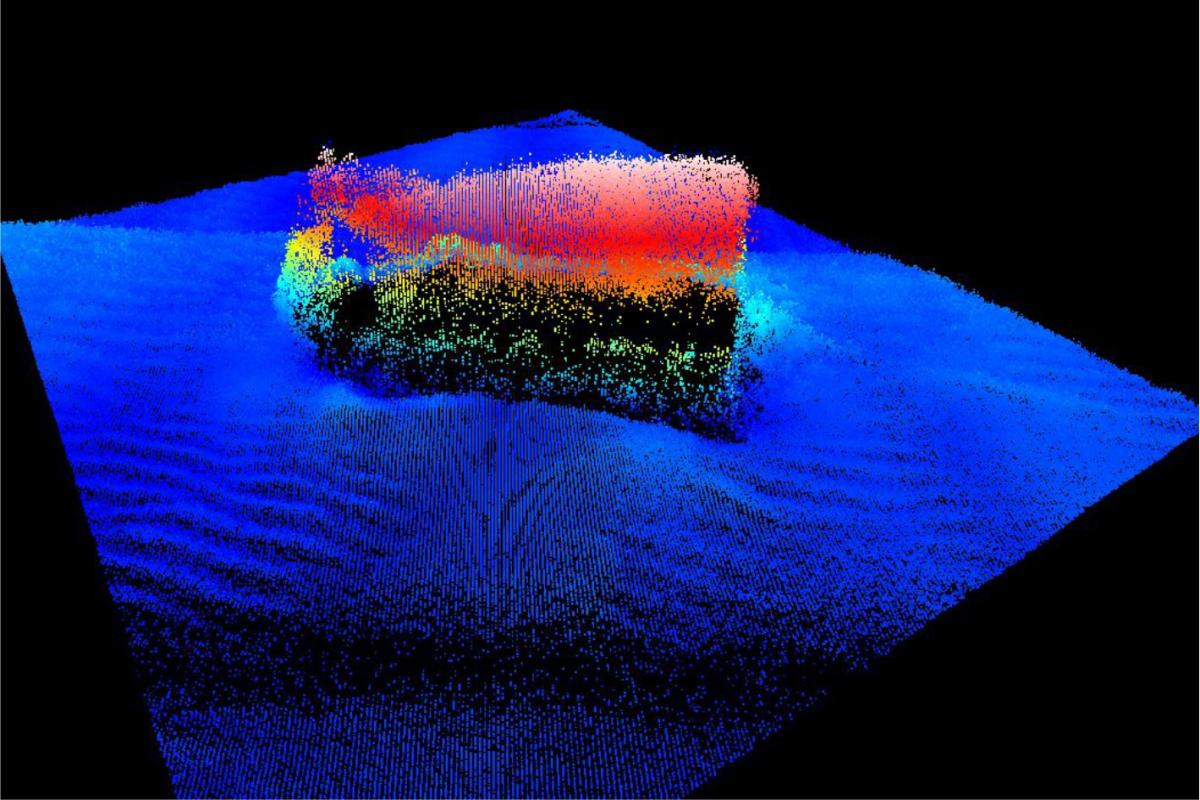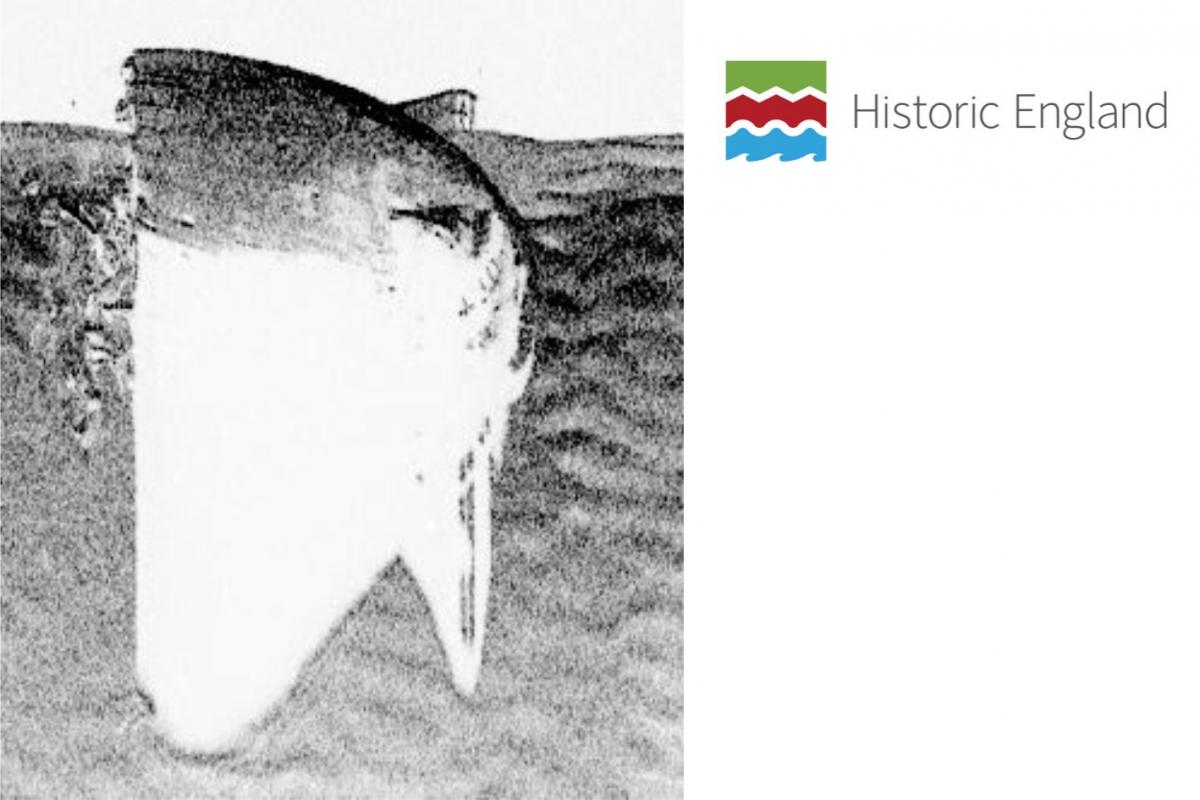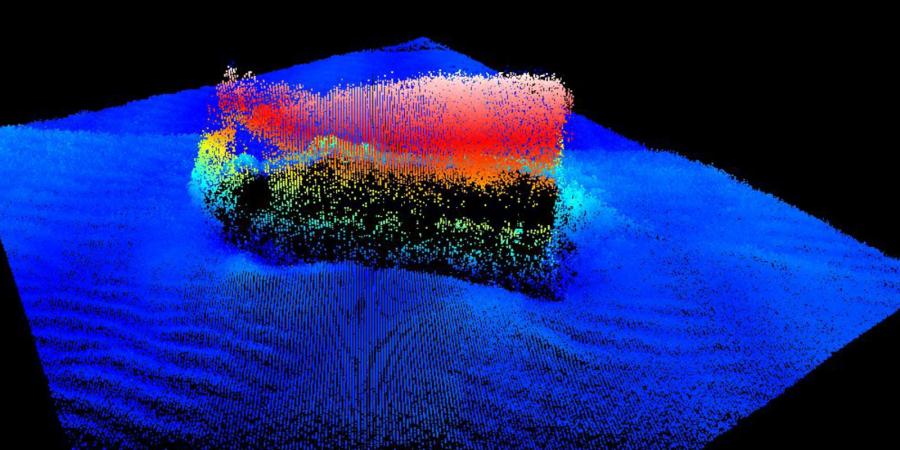50.720862617836, -2.9359278012839
In 2018, Wessex Archaeology is excited to have the privilege of working with Historic England, the Ministry of Defence, local historians and divers to investigate the remains of two sunken American landing ships in Lyme Bay off the Dorset and Devon coasts.
Historic England is preparing for the 75th Anniversary of D-Day, the invasion of Nazi-occupied Europe by Britain, the US and other Allies that eventually led to the defeat of Hitler’s Germany and the end of the Second World War. Wessex has a contract to provide marine archaeological services to Historic England. They have asked us to use the expertise in 20th century naval archaeology that we have built up over many years to consider how important these wrecks are to our heritage.
The two ships were involved in Exercise Tiger, a practice for D-Day at Slapton Sands in Devon in the spring of 1944. Mistakes and misfortune led to their under-protected convoy being ambushed by a force of German E-boats – fast attack boats armed with torpedoes – and LST 507 and 531 were sunk. Tragically, more than 700 American soldiers and sailors died in the action. However, the disaster taught the Allies valuable lessons that helped ensure the success of D-Day.


Multibeam bathymetry and Side Scan Sonar image showing the inverted stern and rudder of one of the LST wrecks (copyright and courtesy Hydroid).
LSTs or Landing Ship Tanks were designed to carry large numbers of the tanks and heavy equipment that the invasion forces needed to storm the invasion beaches and establish the ‘beachheads’ that allowed the great mass of Allied forces to flood ashore. To do this they were expected to beach themselves under heavy fire. Much larger than landing craft, they became known as ‘Large Stationary Targets’ to their crews. However, to the Allied commander Eisenhower they were essential to the success of D-Day and therefore one of the key weapons that won the war.
As the wrecks are likely to contain the remains of many Americans, the investigation is being designed to ensure that what the US Navy regards as the fit and proper last resting place of its sailors is respected and not disturbed. This involves liaising with both the US Navy and the Defense POW/MIA Accounting Agency (DPAA), the US Government agency responsible for American servicemen and women missing in action. The work is also being helped by volunteer historians, archaeologists and divers who have a long-standing interest in Exercise Tiger. These include diver Richard Walker of Global Underwater Explorers. Most of what we currently know about the condition of the wrecks is based on Richard’s work over the last few years and an AUV (autonomous underwater vehicle) survey carried out by the marine robotics company Hydroid and the Royal Navy.
Watch out for further Wessex Archaeology updates on the progress of this operation through our website and social media. Our archaeologists are also contributing to a Facebook group supported by Historic England – see https://www.facebook.com/groups/ExerciseTiger/.
